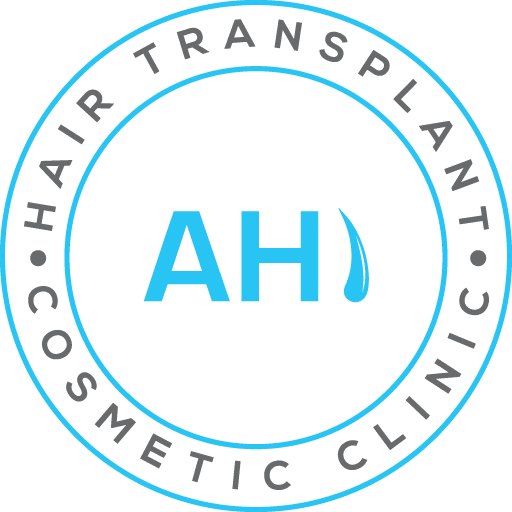THINNING HAIR
In this series of blogs, we are exploring the most common hair loss concerns. We began last time by discussing the ‘bald patch’, how and why they occur and what can be done about them. This time, we’re taking the magnifying glass and looking over another common complaint – thinning hair.
Thinning hair is usually the first sign that you may be entering the first phase of hair loss. Thinning hair can present in a number of different ways. One of the most common signs your hair is starting to thin is when you begin to notice the hairline is receding. This doesn’t happen overnight (although it may feel like it when you start to notice hairs on the pillow in the morning!), but truthfully, it’s really rarely that quick to take hold. You may also notice that the hair on the top of the head is slightly more sparse as time goes on. These are two ways that thinning hair starts to show on men, whereas on women it can be slightly different. It’s usual to lose many hairs in a day and you may notice (especially if you have long hair), that you’re seeing hair all over the place; in your brush, down the plughole, on the pillow – hair just about everywhere! Especially in warmer weather! Hair falling out doesn’t always mean that your hair is thinning, like all animals we humans also moult in warmer months, so if you’re seeing an increase in the amount of hair you’re finding in places other than on your head then it may just be natural and nothing at all to worry about.
If thinning hair is a concern, it’s worth speaking with our team at AHI Clinic in London, even if just to put your mind at rest – no appointment is a waste of time if hair loss concerns are occupying your thoughts. We understand. If there are signs that your hair loss is more advanced, then it may even be that surgery isn’t yet required. Depending on the extent of the thinning and the speed of progression, AHI Hair Transplant Clinic in London will recommend many ways in which you can help minimise hair loss as well as treatment options to restore it. We look at a number of factors that may contribute to thinning hair, including: diet and lifestyle, treatment of the existing hair, stress, medication and medical history. If it’s concluded that you would be a good candidate for treatment, we may recommend both surgical or non surgical options for you to choose from.
One of the first options you may consider is a non-surgical injectable hair loss procedure that involves extracting small amounts of your own blood which is then spun in a device called a centrifuge. This process works to separate the plasma which is rich in growth stimulating nutrients. The plasma is then injected into the area of concern to encourage new hair growth. This treatment can be amazing for suitable candidates. Here at AHI Clinic in London, we have an excellent success rate using non-surgical hair restoration techniques.
If your thinning hair is more advanced, you may wish to consider surgical intervention by way of a hair transplant. During a hair transplant, hair roots are extracted from a donor area and carefully implanted into the area of concern. The hair transplant is usually a permanent solution to hair loss that results in a fuller, thicker head of hair. A hair transplant can be suitable for receding hair, patchy hair, thinning hair or balding and can be used for small or large areas. Depending on the extent of the thinning hair, more than one procedure may be necessary although this will be discussed at consultation. The success rate for Hair Transplant Surgery at AHI Clinic in London is superb. Our highly trained surgeon, Dr Waqas Chaudhary has many years experience in treating thinning hair and look forward to helping you regain your lost locks so you can be happy and confident once more.








